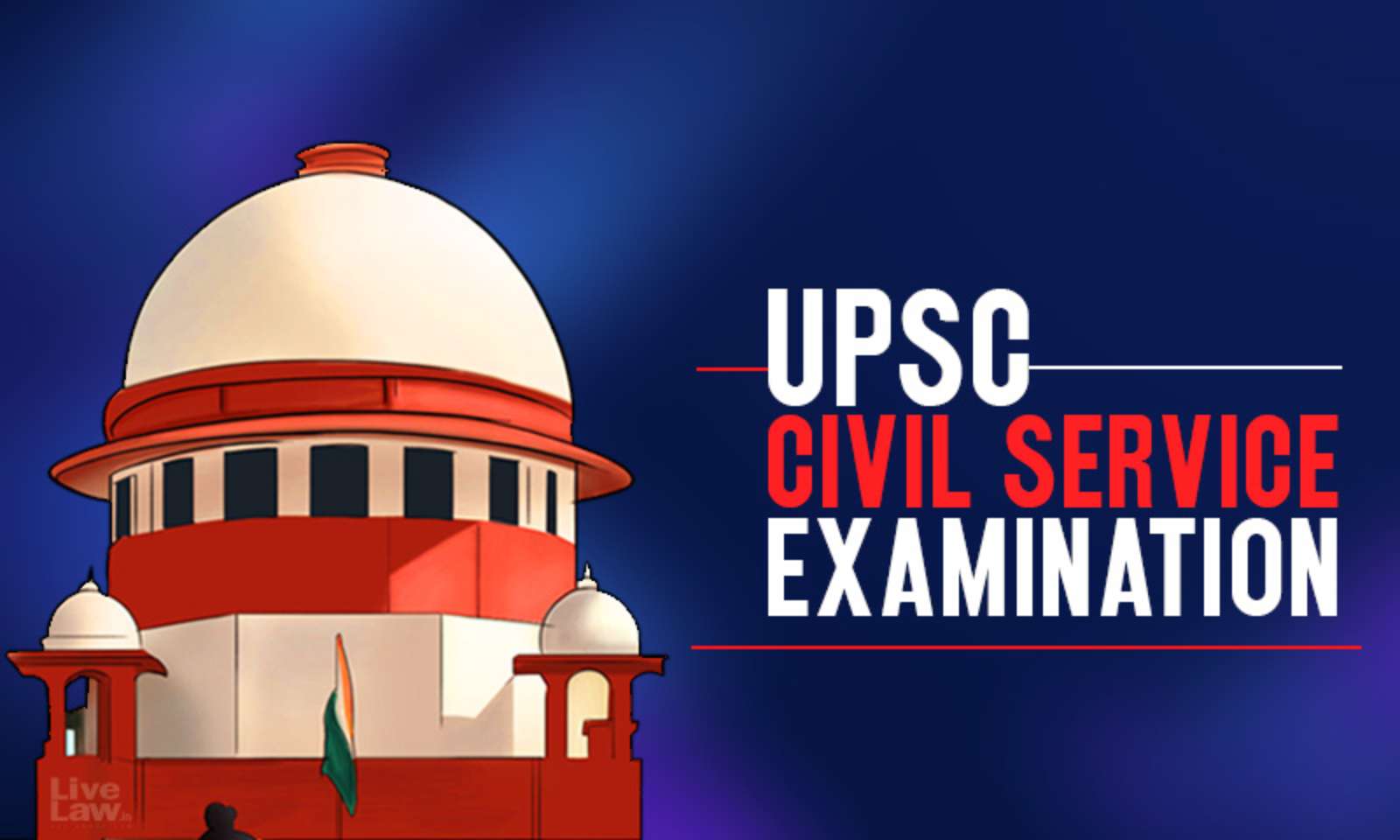How to Prepare …

Civil Services (Prel.) Exam, 2021 (scheduled to be held on 27.06.2021) is postponed and will now be held on 10.10.2021 . C S Eligibility is the first component of the UPSC Exam. The UPSC describes the C S eligibility criteria in the official UPSC notification. Along with the official notification of UPSC, the Government of India also release an official gazette regarding the recruitment rules related to the Civil Service Exam. of that year. The C S Eligibility rules are explained in that gazette.
- R Ramachandran Nair
Civil Services Examination is conducted in three stages – Preliminary Examination, Mains Examination and the Personality Test. Preliminary Test (PT) consists of two compulsory papers, each of which is of 200 marks. Paper 1 is generally known as General Studies while Paper 2 is known as Civil Services Aptitude Test (CSAT).
Every year almost one million candidates fill the application and 5-6 lakh candidates appear in the examination, but only around 1000 candidates are selected finally. This shows that the success ratio in civil services examination is quite low and the challenges for aspirants increase manifold in this exam in comparison to other competitive examinations. Therefore, success in civil services preparation requires a precise, systematic, and scientific strategy.
100 questions related to general studies are asked in Paper 1. Each question is of 2 marks. For each wrong answer, 1/3rd marks are deducted i.e. marks equals to one question’s marks are deducted if a candidate attempts three questions wrong. The same pattern of marking is used for paper 2, however, the number of questions asked are 80. Each question is of 2.5 marks in paper 2. Since year 2015, the paper 2 is made of qualifying (33%) nature only. It is noticeable that CSAT was introduced in PT in the year 2011. Until 2015, the marks obtained in CSAT are also included while making the merit list for PT.
The marks obtained in paper 2 are not included in preparing merit for PT and only the marks of paper 1 or general studies decide the merit for PT. Depending on the marks obtained by a candidate in paper 1, he/she ensures his/her chances of appearing in the Mains examination.
The chances of appearing in Mains examination for candidates (of general category) who answer correctly less than 50 questions (after deducting the negative marks) in paper 1 are negligible. Candidates scoring for about 50-55 questions have 50-50 chance of appearing in the Mains examination. Such candidates remain doubtful of their selection for Mains Examination, and often prepare for Mains examination in a half-hearted manner. This situation limits their chance of selection. The candidates who correctly answer more than 55 questions in PT become secured about their selection in PT and therefore their chances of being selected in the final merit list increase. They prepare for Mains examination without any doubt in their minds. Here it is important to mention that candidates get only 3-4 month period between PT and Mains Examination.
It is also important to mention that there is not much difference between the cut-off marks for candidates belonging to different categories. That is why every candidate should prepare keeping the above points in mind.
The syllabus for the Preliminary Exams for Paper-I:
Current events of national and international importance.
History of India and Indian National Movement.
Indian and World Geography – Physical, Social, Economic Geography of India and the World.
Indian Polity and Governance – Constitution, Political System, Panchayati Raj, Public Policy, Rights Issues, etc.
Economic and Social Development – Sustainable Development, Poverty, Inclusion, Demographics, Social Sector initiatives, etc.
General issues on Environmental Ecology, Bio-diversity and Climate Change
General Science
*There is no need of specialization in any of the above.
After clearing the PT, candidates appear for the Mains examination. Mains examination consists of five (one essay paper and four general studies papers) compulsory papers for all the candidates & two papers of the optional subject chosen by the candidate. Additionally, there are two language papers of qualifying nature, out of which one is compulsory English for all the candidates and other paper is of any of the Indian languages belonging to the eighth schedule of the constitution (viz. Hindi, Tamil, Malayalam, Odiya etc.). Both the language papers are of 300 marks each. The answer sheets of only those candidates who qualify in these language papers are checked.
The general studies papers and optional papers carry 250 marks each, which total to 1750 marks. Based on the marks obtained by candidates out of these 1750 marks, they are selected for the next stage i.e. Personality Test. UPSC has fixed 275 marks for the Personality Test. In this way the total of Mains examination and Personality Test comes up to 2025 marks. Based on the marks obtained by candidate out of 2025 marks, the final merit list is prepared and inclusion in this list means selection of candidate in civil services.
The analysis of question papers of Mains examination can be done broadly as follows –
First paper of Mains examination is of Essay. It consists of two sections to test the writing skills of the candidate. Candidate has to write one essay from each section. Each essay is of 1000-1500 words.
Second paper (GS Paper 1) consists of questions belonging to Indian Heritage and Culture, History and Geography of the World and Society.
Third paper (GS Paper 2) consists of questions belonging to Governance, Constitution, Polity, Social Justice and International relations.
Fourth paper (GS Paper 3) consists of questions belonging to Technology, Economic Development, Bio -diversity, Environment, Security and Disaster Management.
Fifth paper (GS Paper 4) consists of questions belonging to Ethics, Integrity, and Aptitude. Case Studies carry the maximum weightage in this paper, which relates to the daily life activities.
Finally, the Personality Test is conducted where the personality of the candidate if tested rather than his/her knowledge.
Following observation can be made by analyzing the questions asked in the UPSC PT Paper 1 –
In case of current affairs, UPSC has asked an average of 13 questions per year based on the number of questions asked . The above list is made based on questions directly related to past one year’s events. If we analyze both directly and indirectly current affairs related questions, we find that UPSC emphasizes a lot on current affairs. UPSC keeps a track of those topics of the core subjects, which are somehow linked, to current affairs. Therefore, in order to succeed in civil services examination, an aspirant must relate and study current affairs along with traditional subjects.
If we analyze the ‘history’ part of paper 1, then UPSC specially emphasizes on ‘history of modern India’. Although questions are asked from ‘history of ancient and medieval India’ and ‘art and culture’, emphasis on art and culture is relatively more. The number of questions from history section never went less than 11 in any question paper and it went up to 22 questions in the year 2018. Therefore, candidates must have a comprehensive understanding of history.
Earlier many questions were asked from geography (especially Indian geography), but since past 2-3 years, the ratio of questions from geography has been low. However, this does not mean that UPSC has decreased the importance of geography (knowledge of geography is essential for any administrative officer). UPSC can increase the weightage of geography in paper 1 in any year. Therefore, aspirants must not overlook this subject.
An average of 13 questions have been asked from polity and governance in paper 1. UPSC has always given prime importance to this section, and even asked 22 questions in the year 2017.
Most of the questions on economy are related to current affairs, but in the year 2018, UPSC has asked some in-depth questions. An aspirant must be prepared to handle any kind of question from this section.
Questions from science and technology are somehow linked to current affairs, for example questions can be asked about technology in which the Nobel Prize for that year is given. Most of the questions from this section are related to daily life.
UPSC PT is also conducted for the Indian Forest Services, therefore due weightage is given to the questions related to environment and ecology.
STRATEGY TO SUCCEED IN PRELIMINARY EXAMINATION (PT)
The merit is made based on the first paper in the civil services preliminary examination; therefore, an aspirant must formulate his/her strategy keeping the same in mind. If a candidate wants to score above 55 questions then he/she must pay adequate attention to each of the sections (viz. polity, economy etc.) allotted. This adequate time duration varies depending on case-to-case basis, however most candidates usually take 6-7 month time for preparing for preliminary examination.
An aspirant must make a firm grasp over few sections from paper 1. One can succeed in PT based on firm grasp over current affairs, history, polity, geography and economy. If a candidate correctly answers 80-90% of questions from these sections then he/she can score above 50 questions easily.
Now if we move to other sections (viz. environment and ecology and science and technology), if a candidate correctly answers even 20% of the questions, he/she has good chances of success in preliminary examination by scoring much above the cutoff marks.
For more information subscribe NOW: https://careermagazine.in/subscribe/






